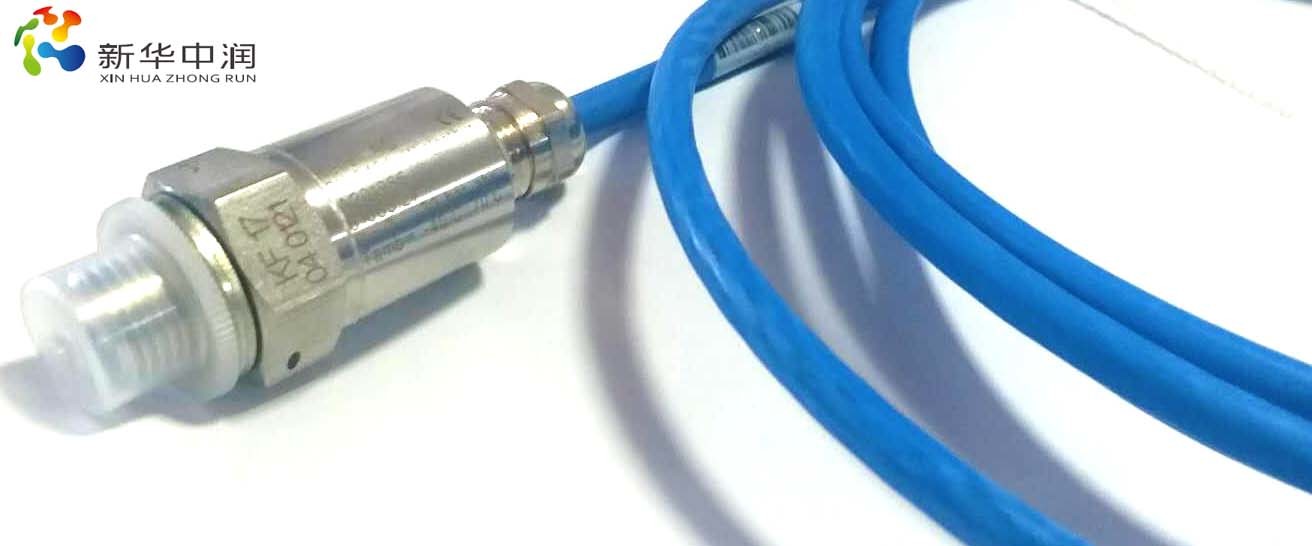Products
PRODUCTS
Products
Contact Us
(Beijing):86 010-80519140
(Beijing):86 010-89511994
(Tianjin):86 022-22985589
Manager:86 18911772555
Li Chunxu:86 17622852508(WeChat with the same number)

sweep
Pay attention to Xinhua Zhongrun
Pressure sensor suppliers
Classification:
Product
Accessories
Product accessories:
Product Description
The pressure sensor is installed on the straight pipe section after the flow meter or on the body of the meter, and it takes pressure from the flow meter.
The accuracy of the temperature and pressure compensation sensors meets the overall accuracy requirements of the flow meter measurement system.
This device is specifically for the CORUS PTZ correction instrument.

A pressure sensor is a device or apparatus that can sense pressure signals and convert them into usable electrical signals according to certain rules.
Pressure sensors typically consist of pressure-sensitive elements and signal processing units. Depending on the type of test pressure, pressure sensors can be classified into gauge pressure sensors, differential pressure sensors, and absolute pressure sensors.
Pressure sensors are commonly used in industrial practice and are widely applied in various industrial automatic control environments, involving many industries such as hydropower, railway transportation, smart buildings, production automation, aerospace, military industry, petrochemicals, oil wells, electricity, ships, machine tools, pipelines, etc. Below is a brief introduction to some commonly used sensor principles and their applications. There are also medical pressure sensors.
Pressure sensors are widely used sensors. Traditional pressure sensors mainly consist of mechanical structure devices that indicate pressure through the deformation of elastic elements, but this structure is large in size and heavy in weight, and cannot provide electrical output. With the development of semiconductor technology, semiconductor pressure sensors have emerged. Their characteristics include small size, light weight, high accuracy, and good temperature characteristics. Especially with the development of MEMS technology, semiconductor sensors are becoming more miniaturized, and they have low power consumption and high reliability.
Wiring Method
Wiring of sensors has always been one of the consulting issues during the customer procurement process. Many customers do not know how to connect the sensors. In fact, the wiring methods for various sensors are basically the same. Pressure sensors generally have two-wire, three-wire, and four-wire configurations, and some even have five-wire configurations.
The two-wire pressure sensor is relatively simple, and most customers know how to wire it. One wire connects to the positive terminal of the power supply, and the other wire, which is the signal wire, connects through the instrument to the negative terminal of the power supply. This is simple. The three-wire pressure sensor adds one wire to the two-wire configuration, which connects directly to the negative terminal of the power supply, making it a bit more complicated than the two-wire configuration. The four-wire pressure sensor definitely has two power input terminals, and the other two are signal output terminals. Most four-wire sensors output voltage rather than 4~20mA. The 4~20mA ones are called pressure transmitters, most of which are made into two-wire configurations. Some pressure sensors output signals that are not amplified, with full-scale outputs of only a few dozen millivolts, while some pressure sensors have internal amplification circuits, with full-scale outputs of 0~2V. As for how to connect to the display instrument, it depends on the range of the instrument. If there is a range that matches the output signal, it can be measured directly; otherwise, a signal adjustment circuit needs to be added. The five-wire pressure sensor is not much different from the four-wire one, and five-wire sensors are relatively rare in the market.
Previous Page
Next Page
Previous Page
Next Page
I want to make an inquiry
If you are interested in our products, please leave your email, we will contact you as soon as possible, thank you!
